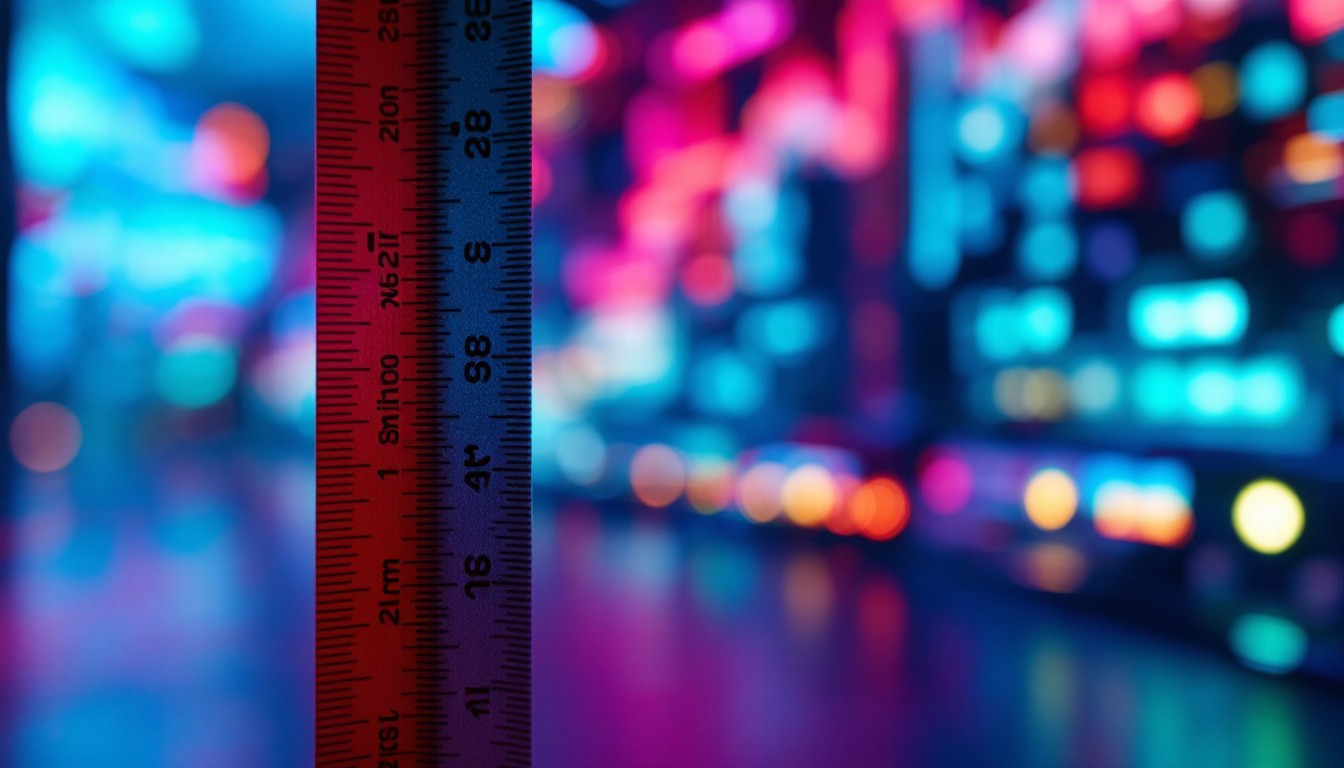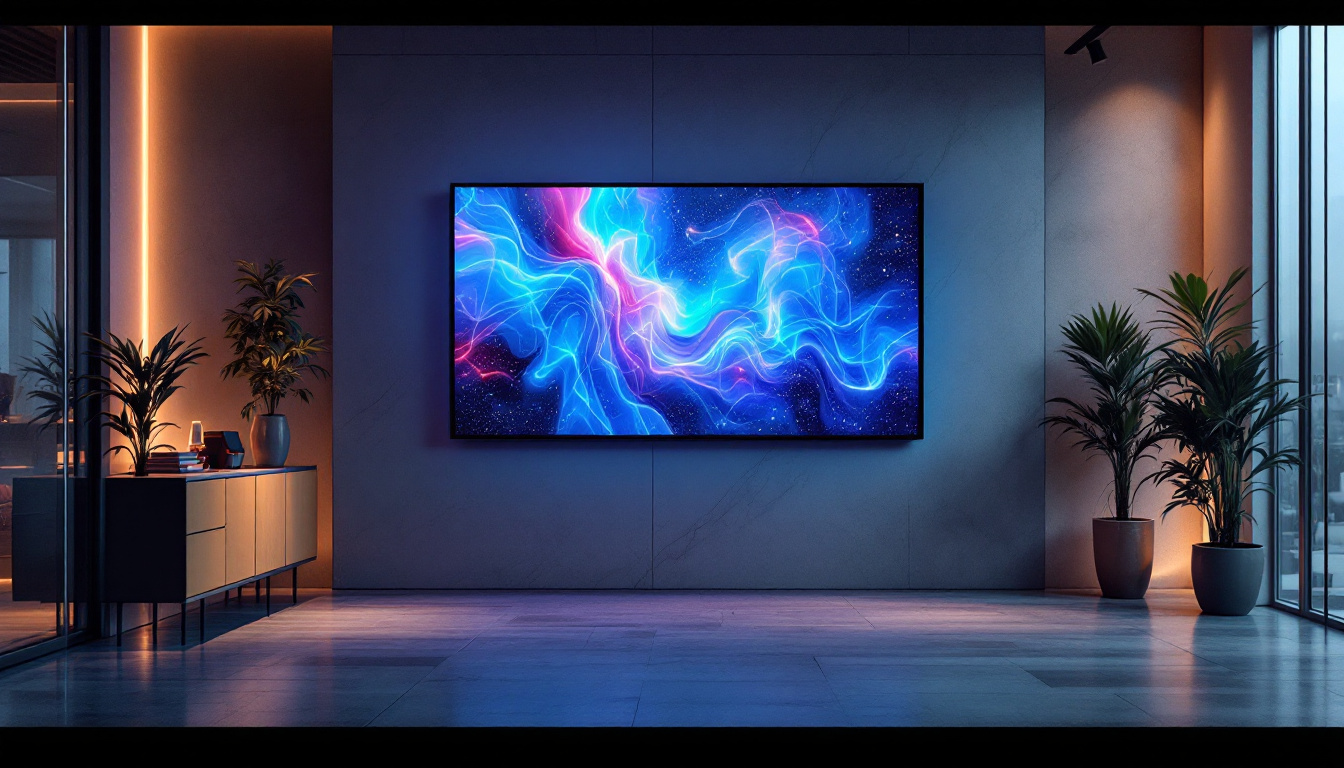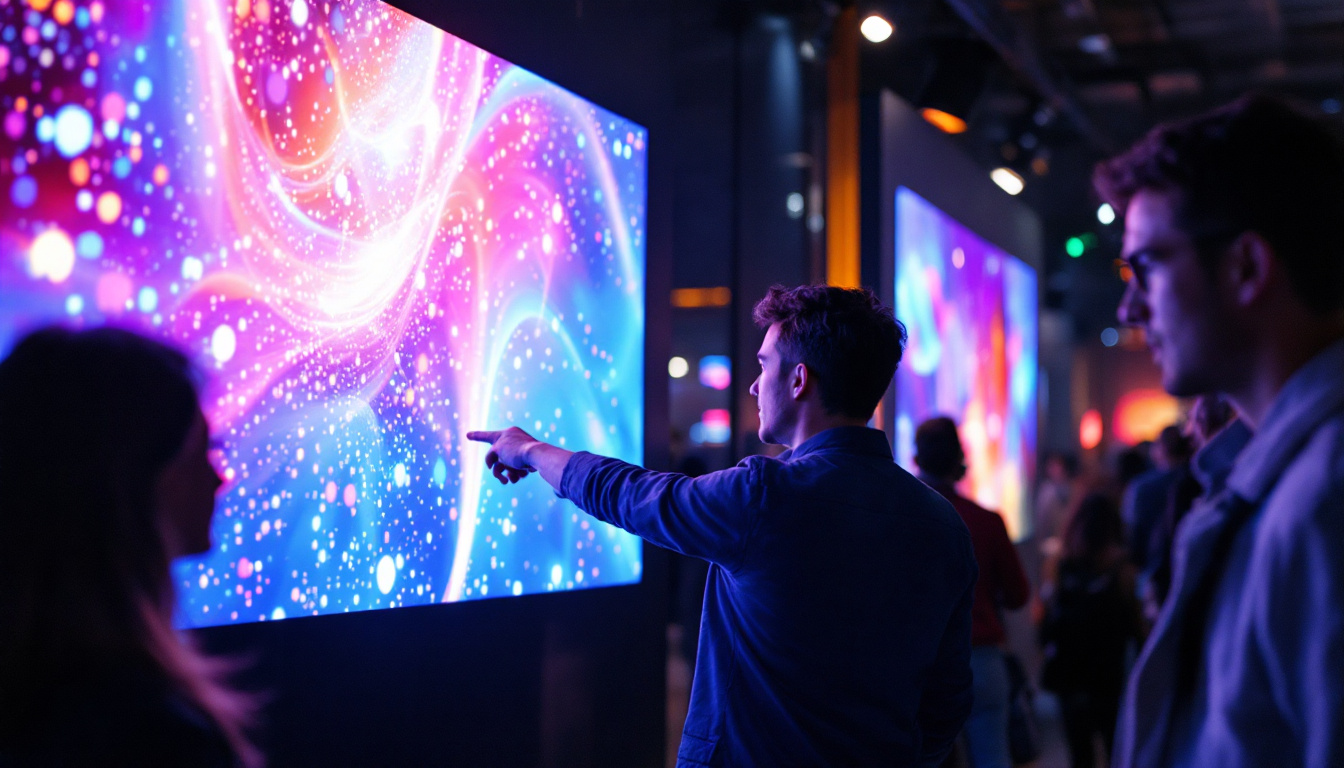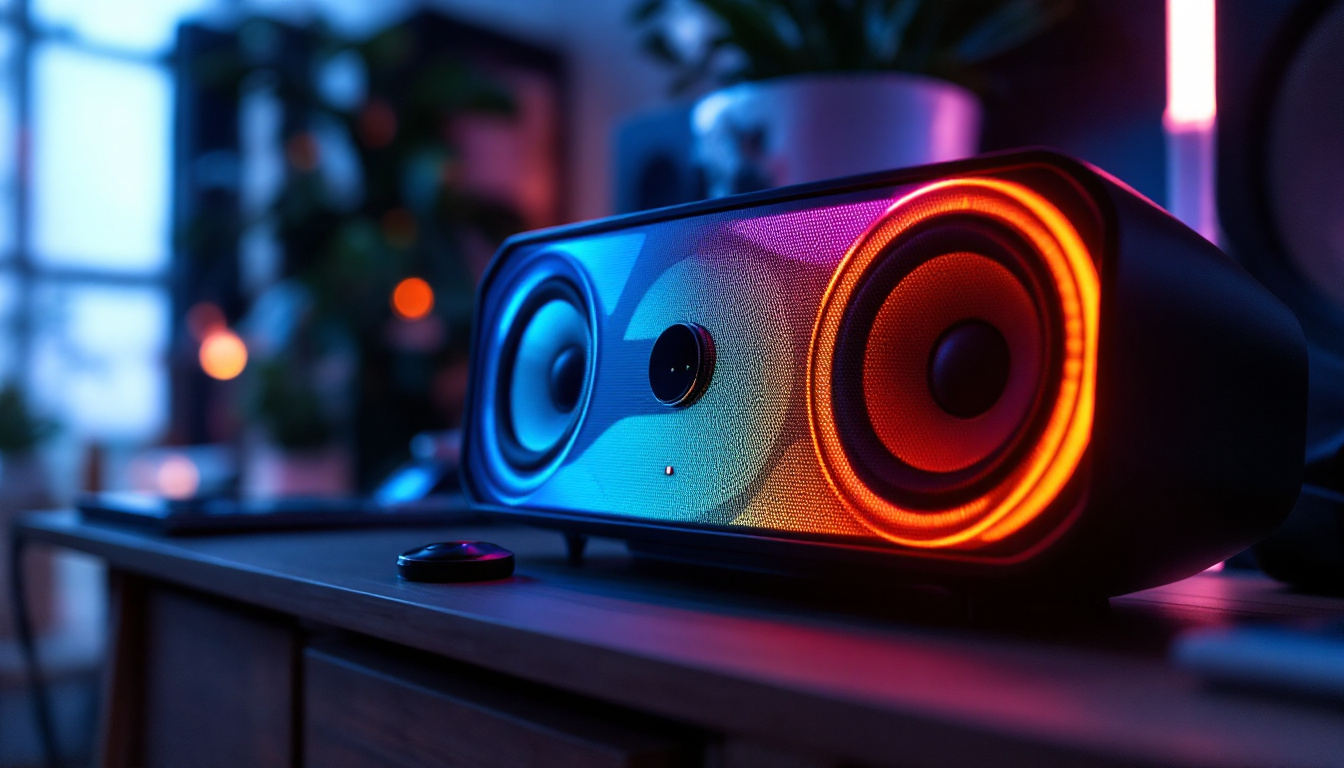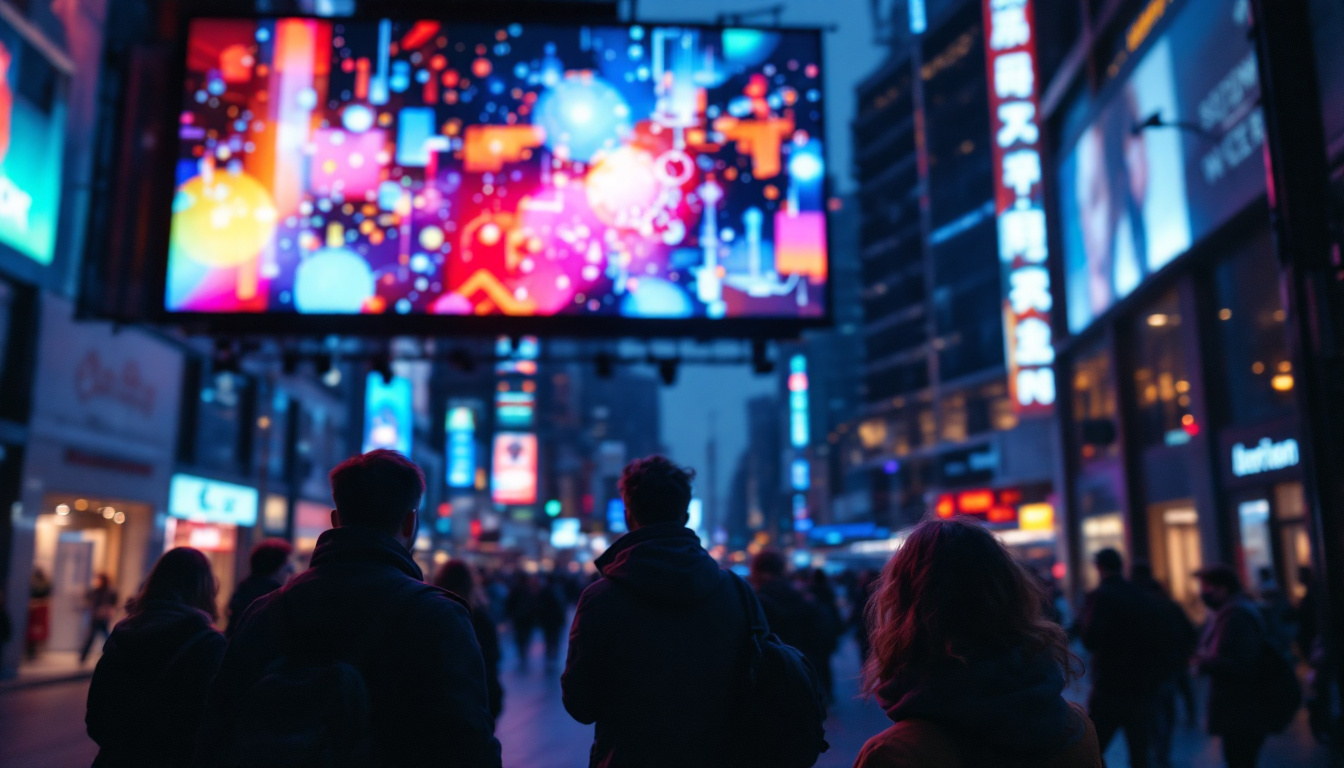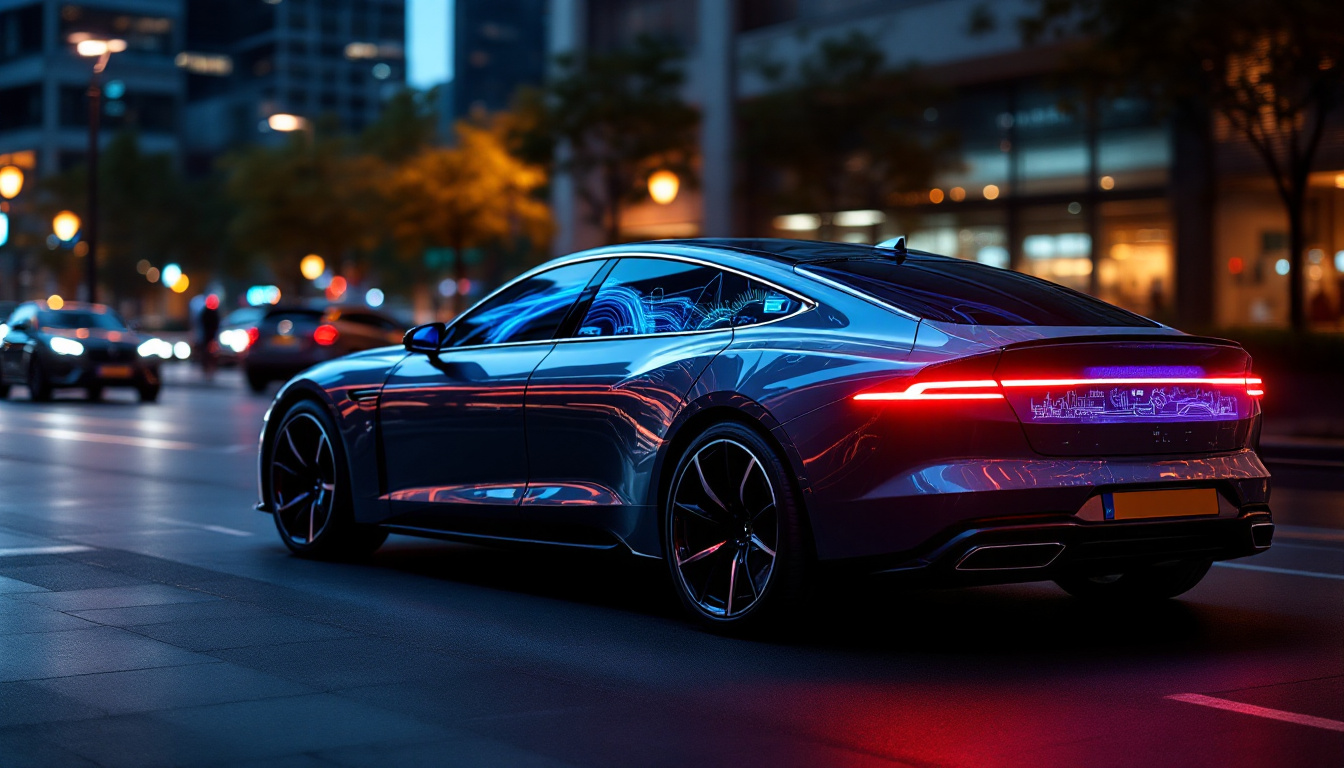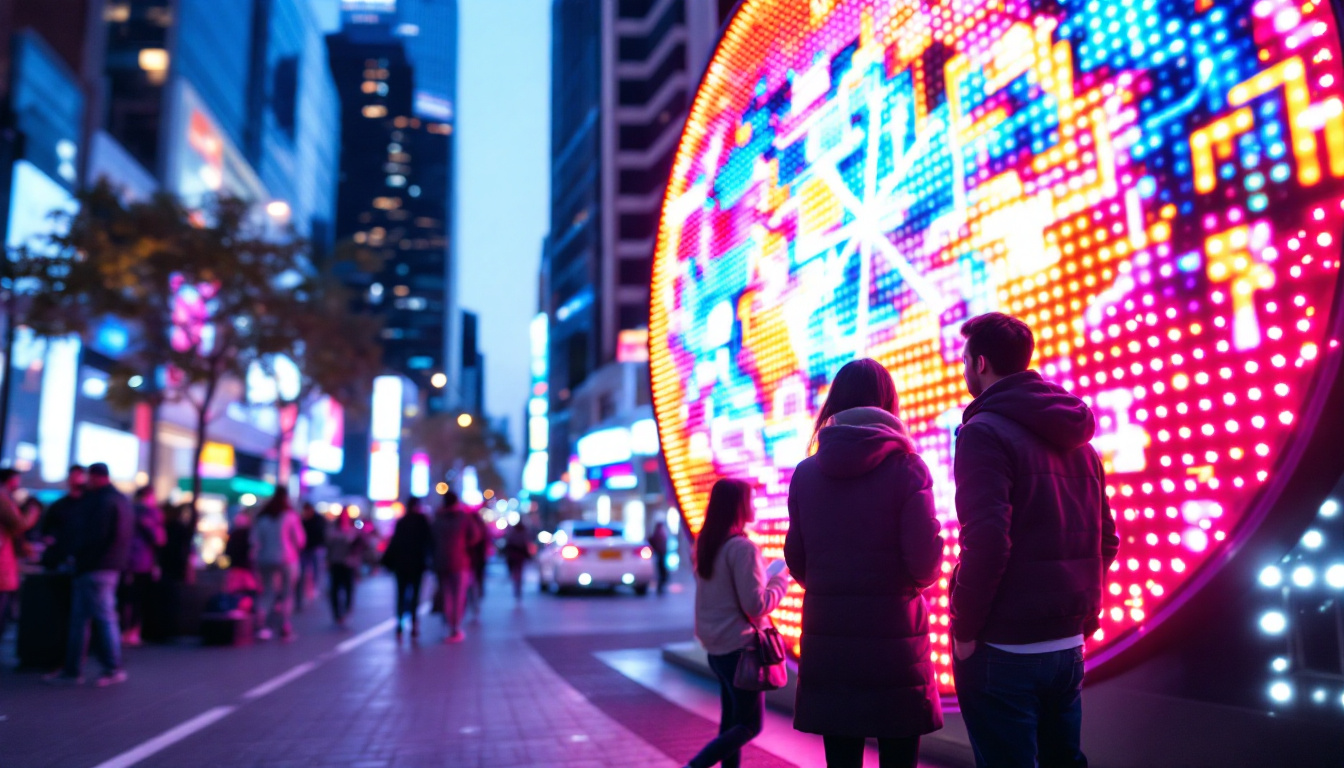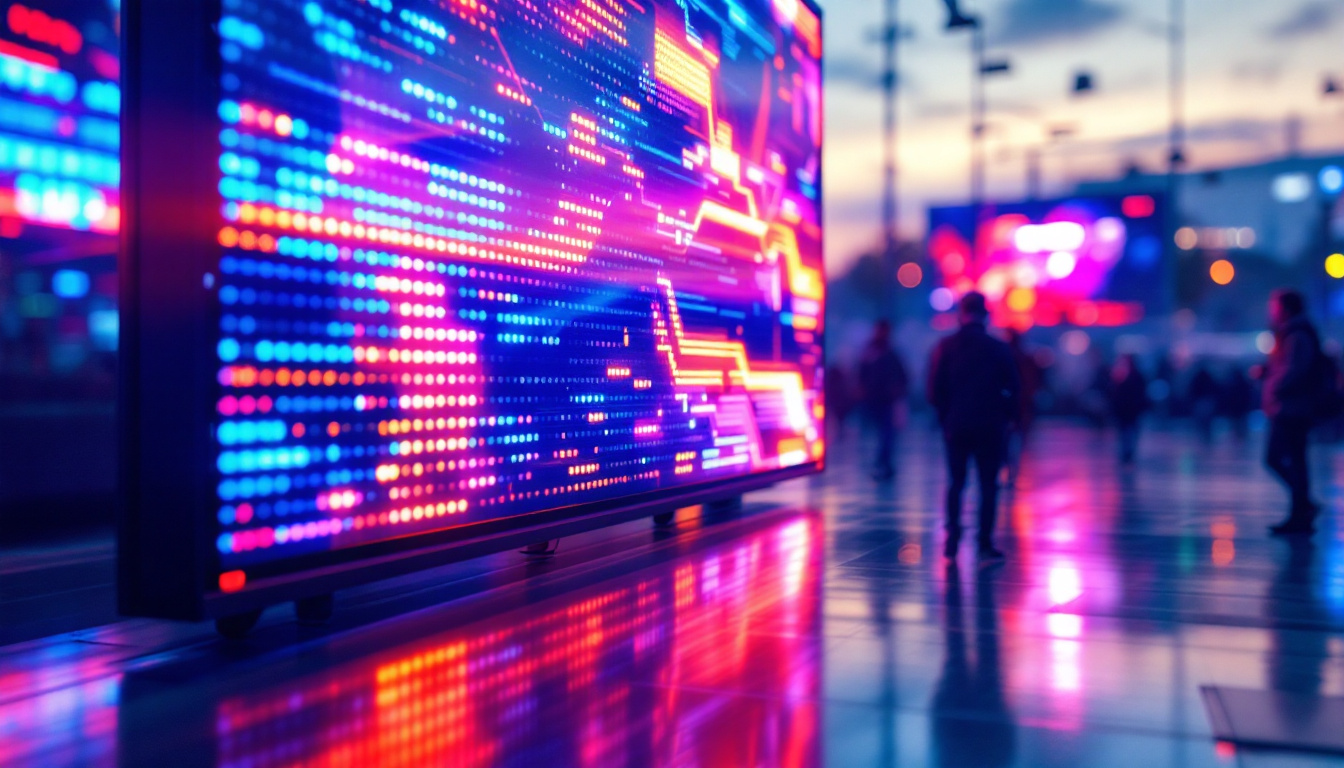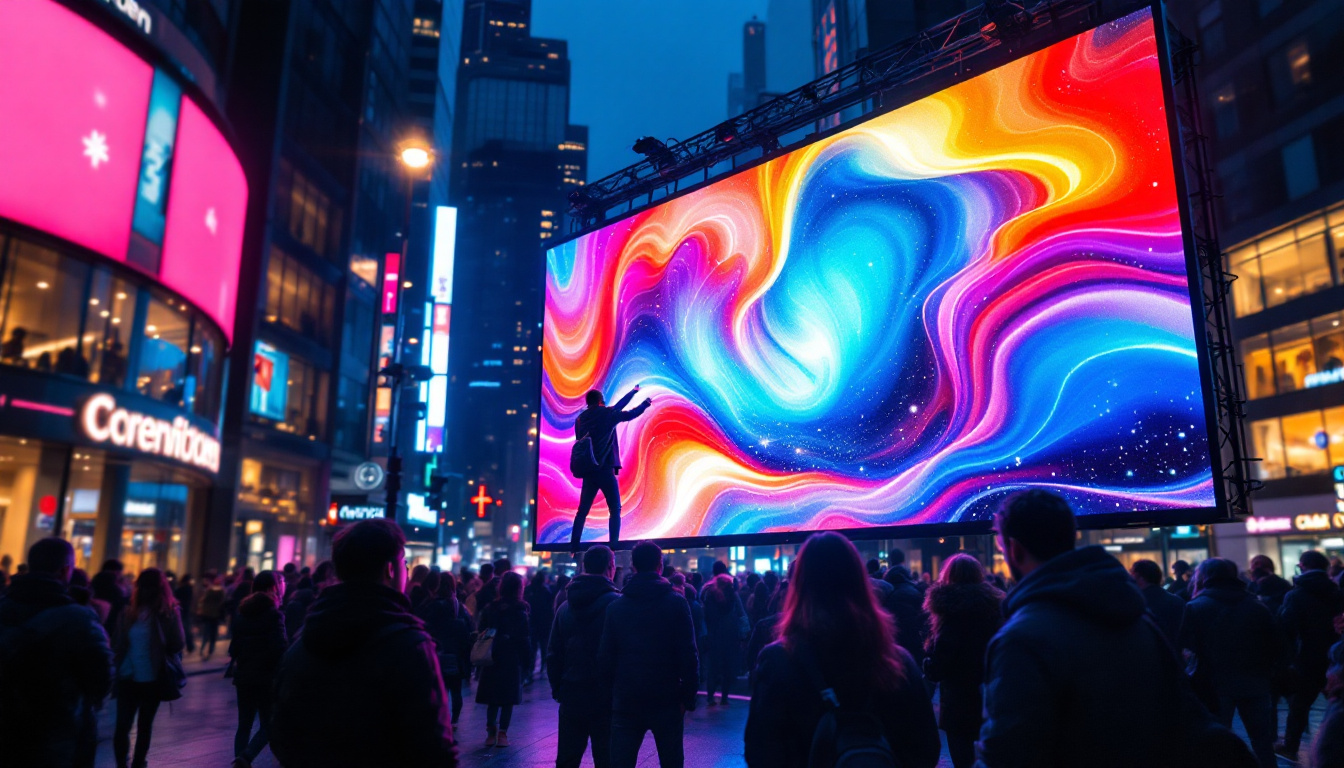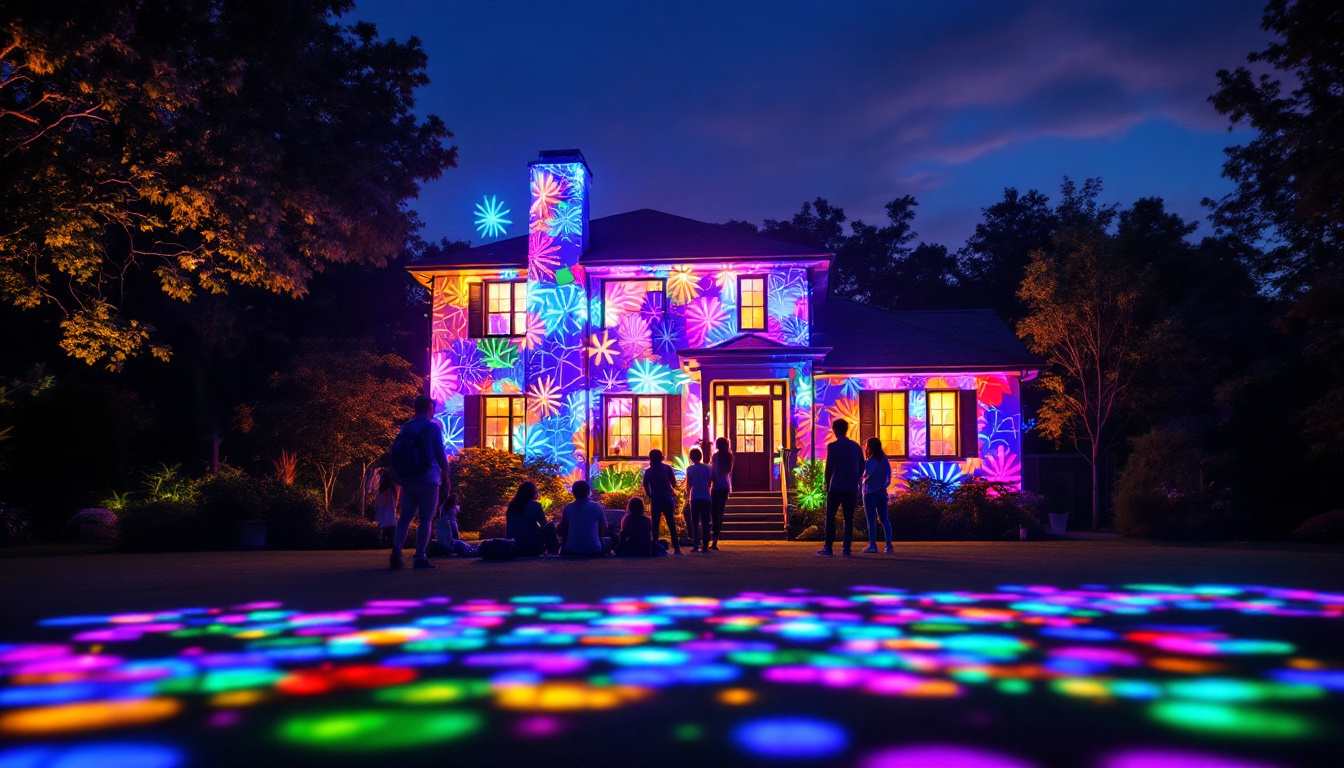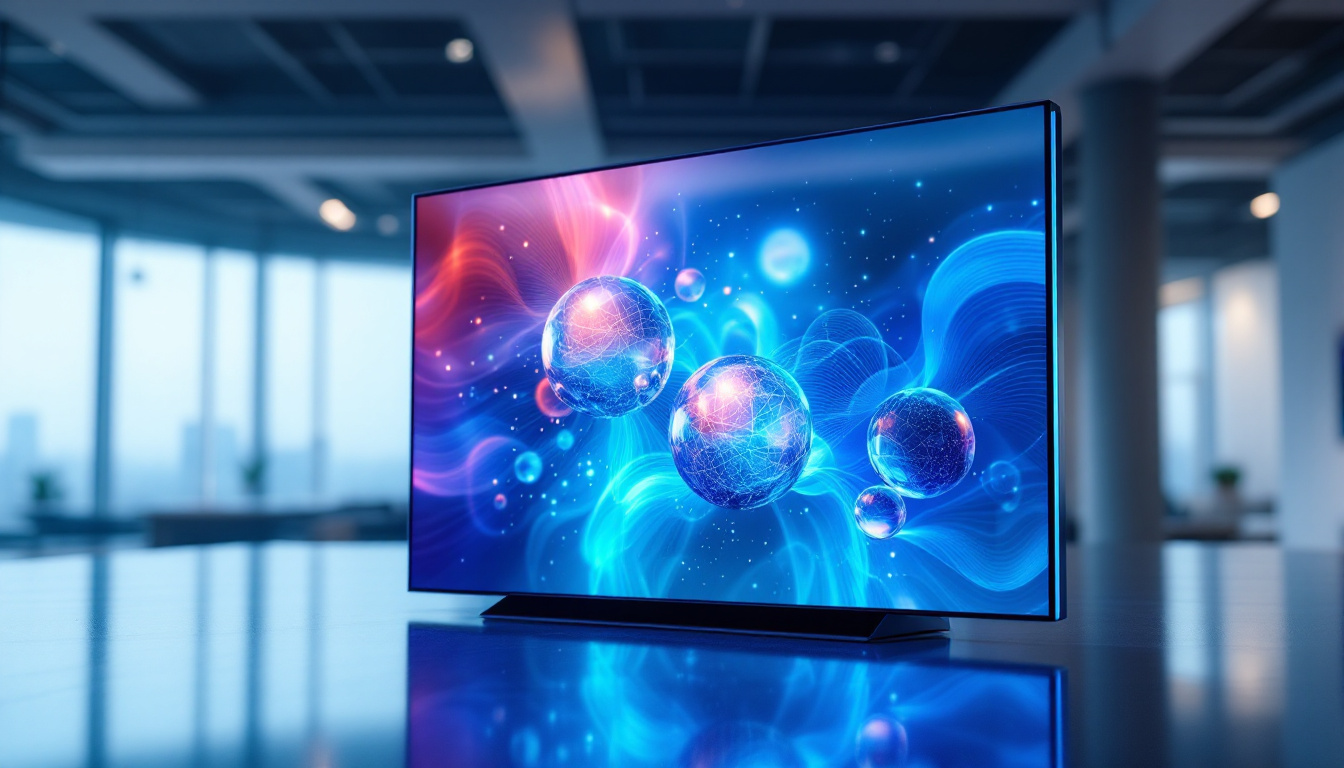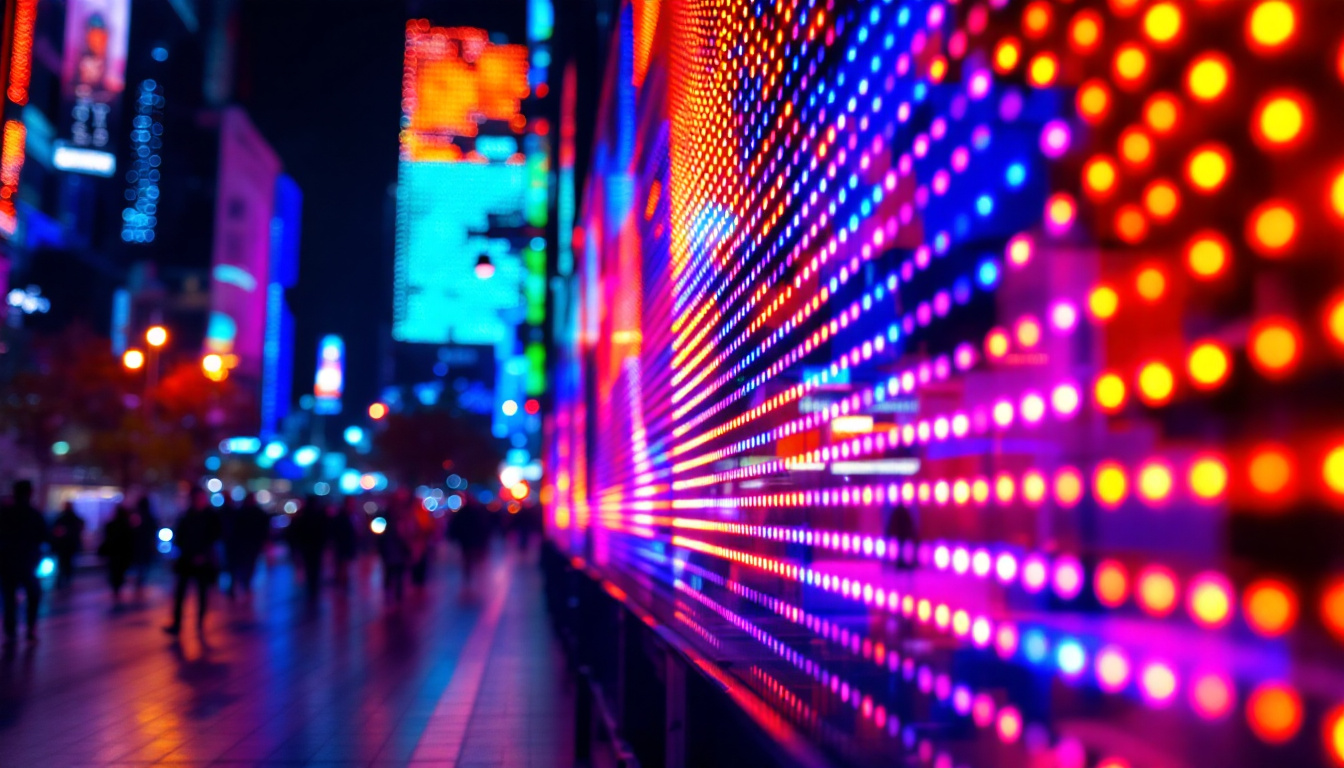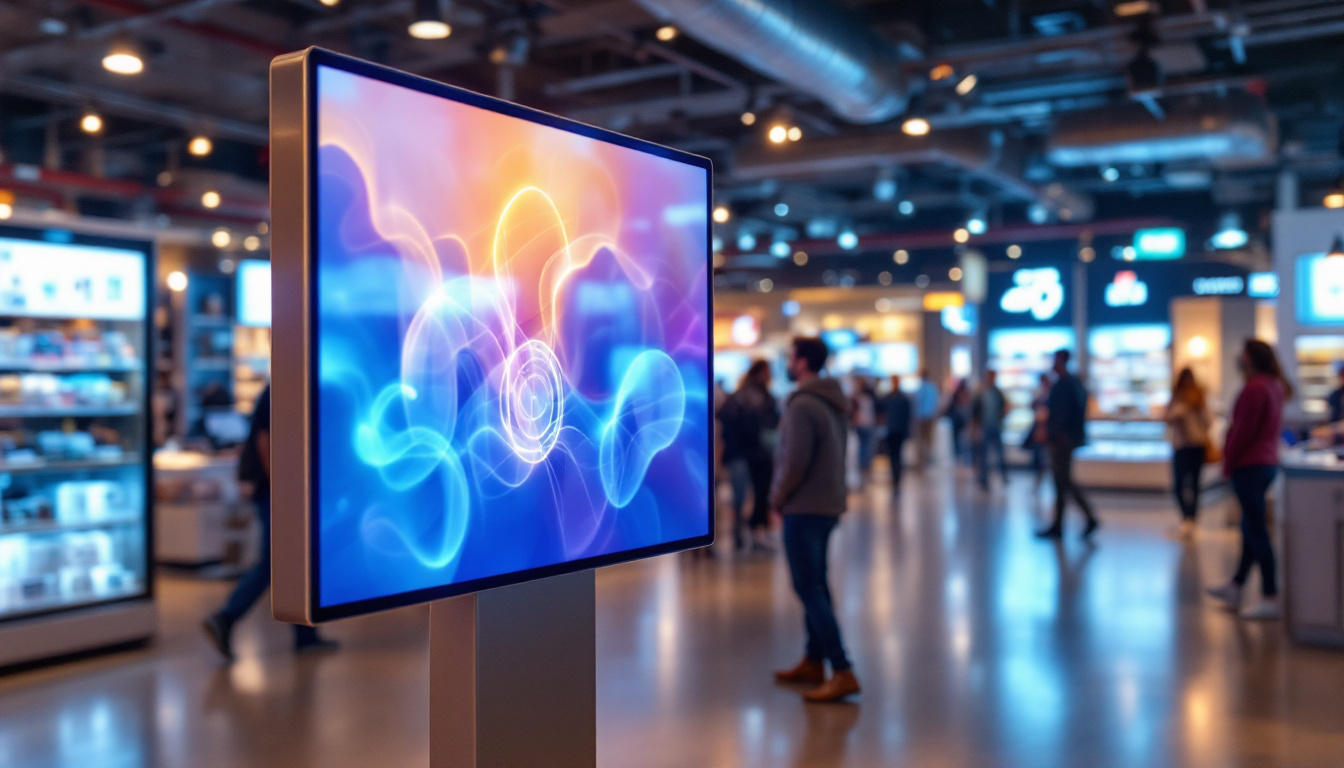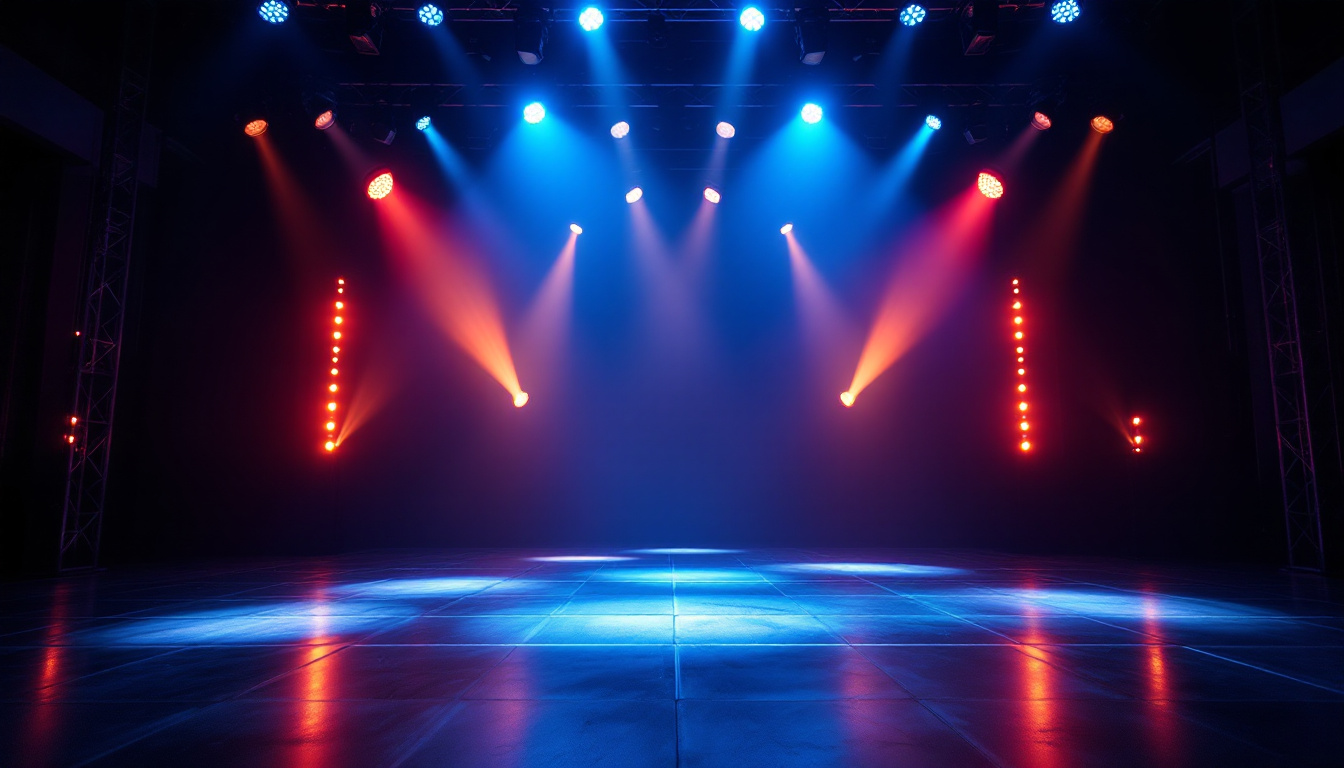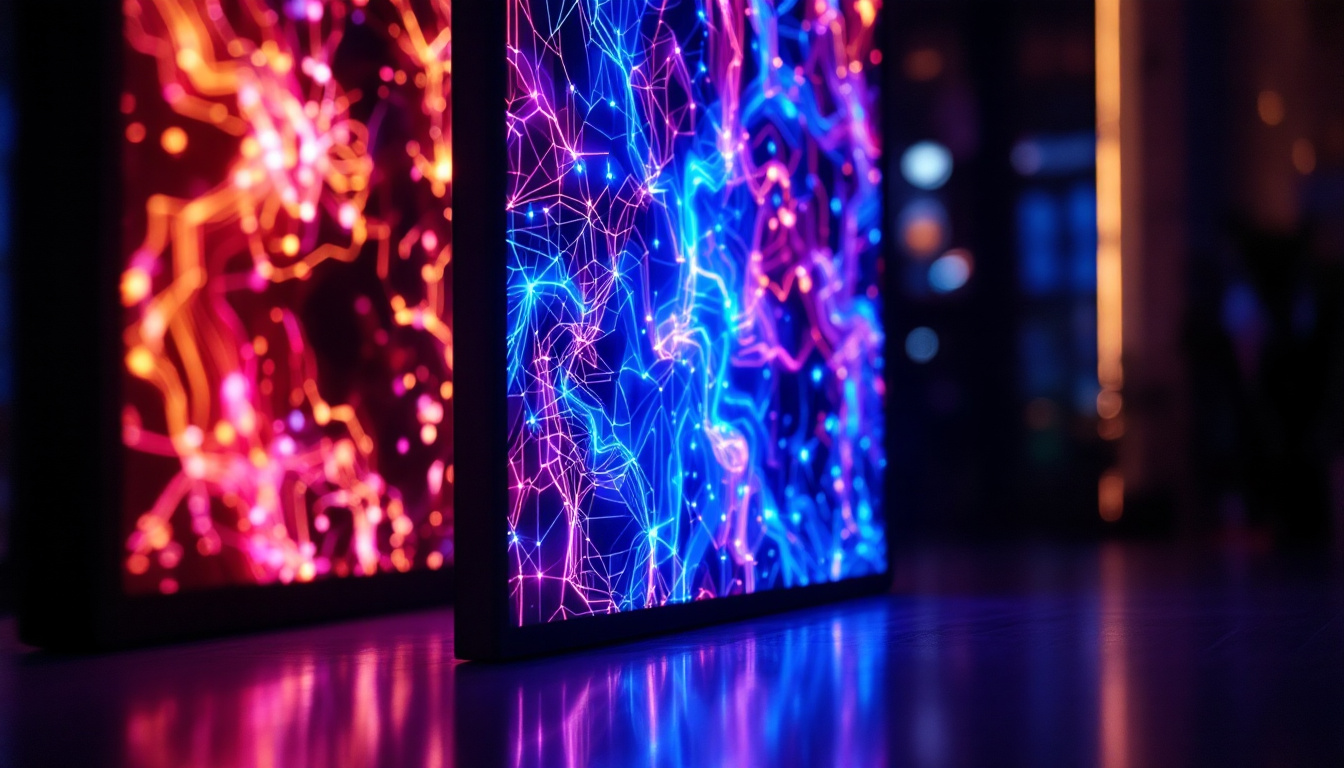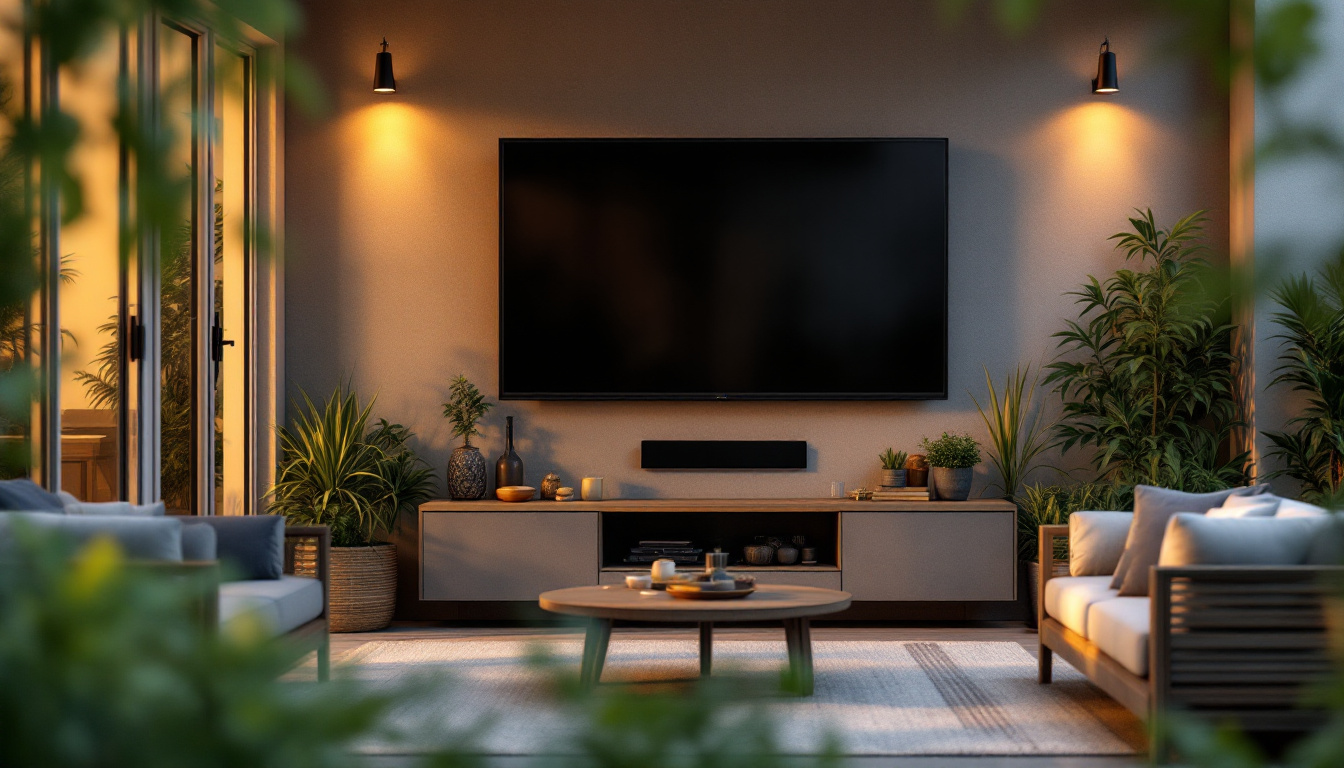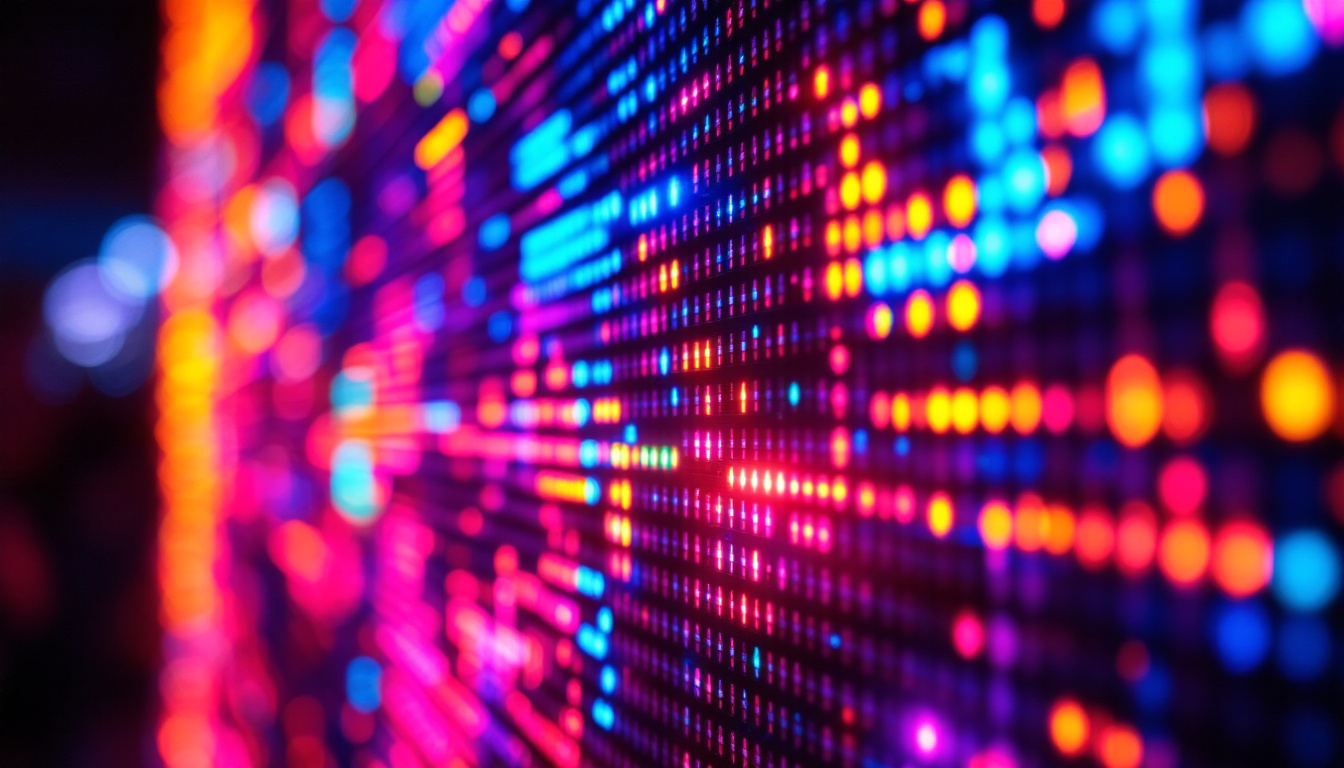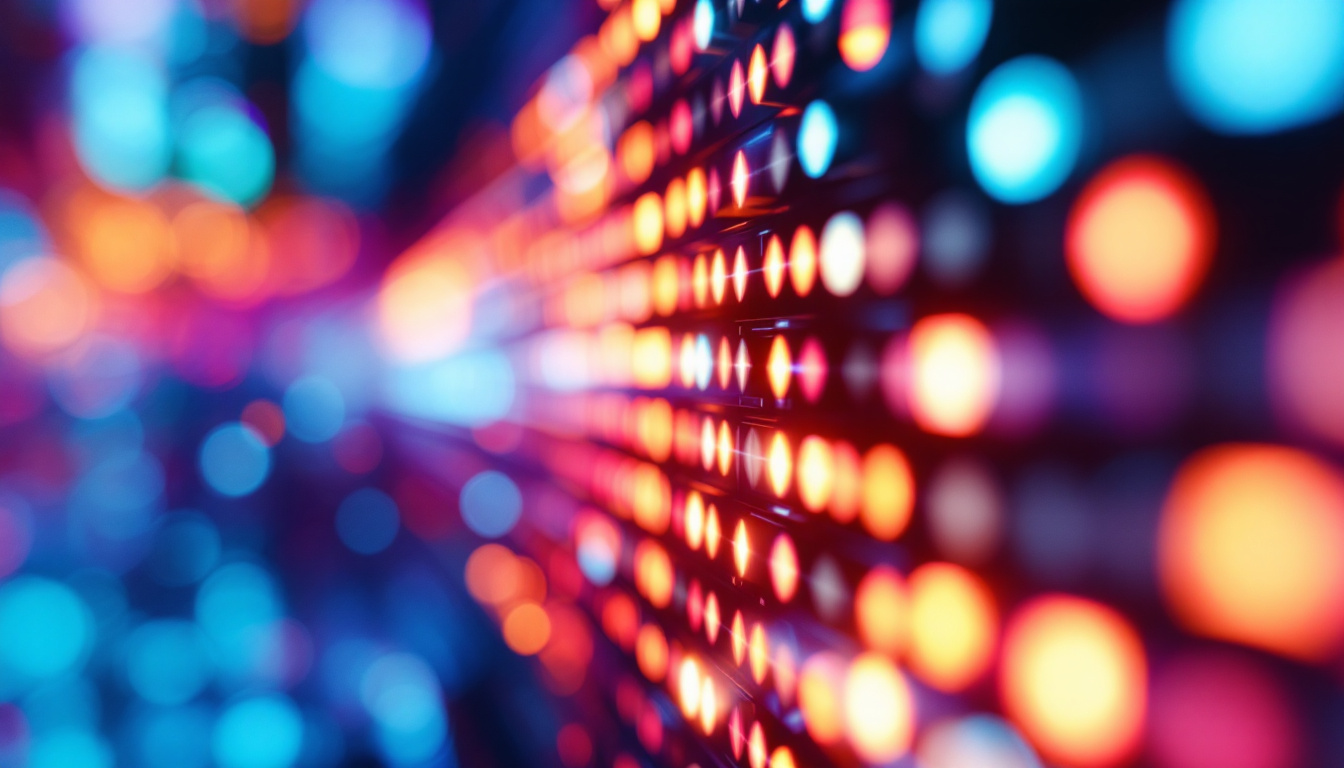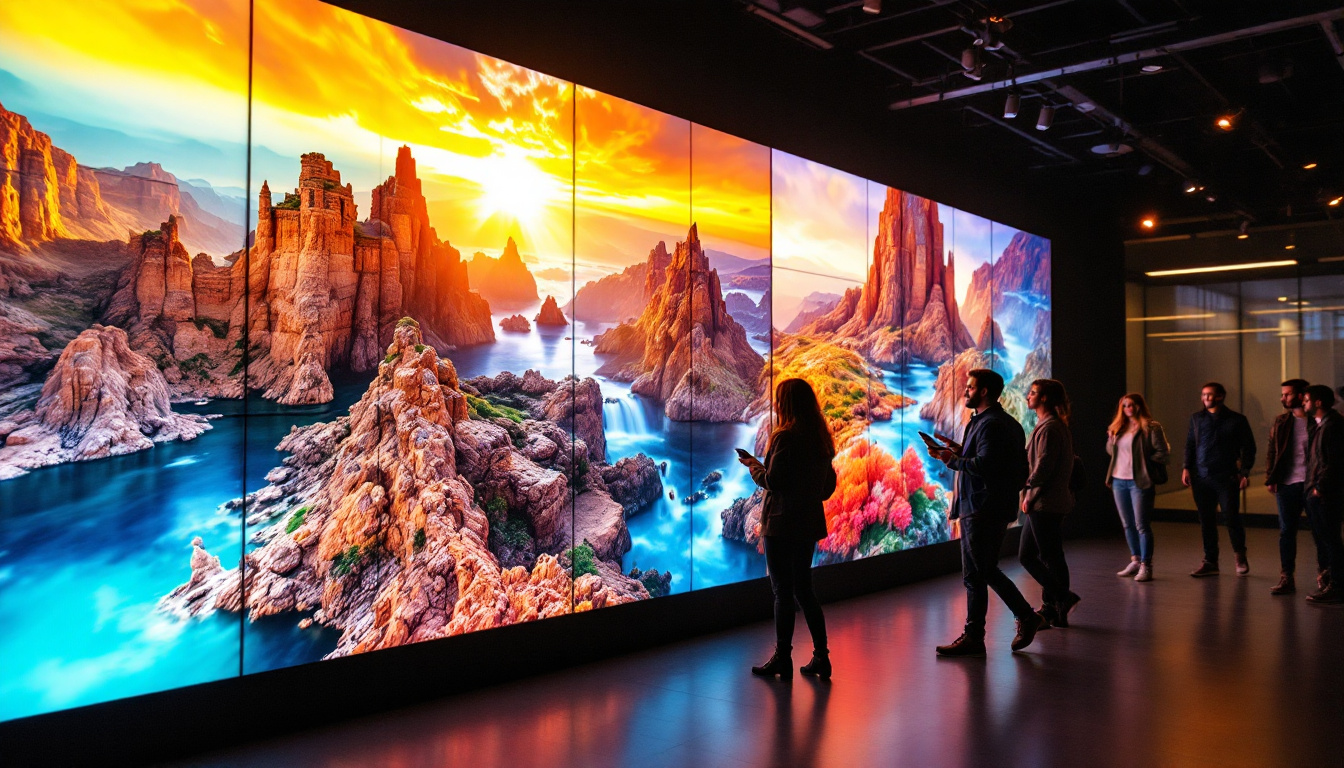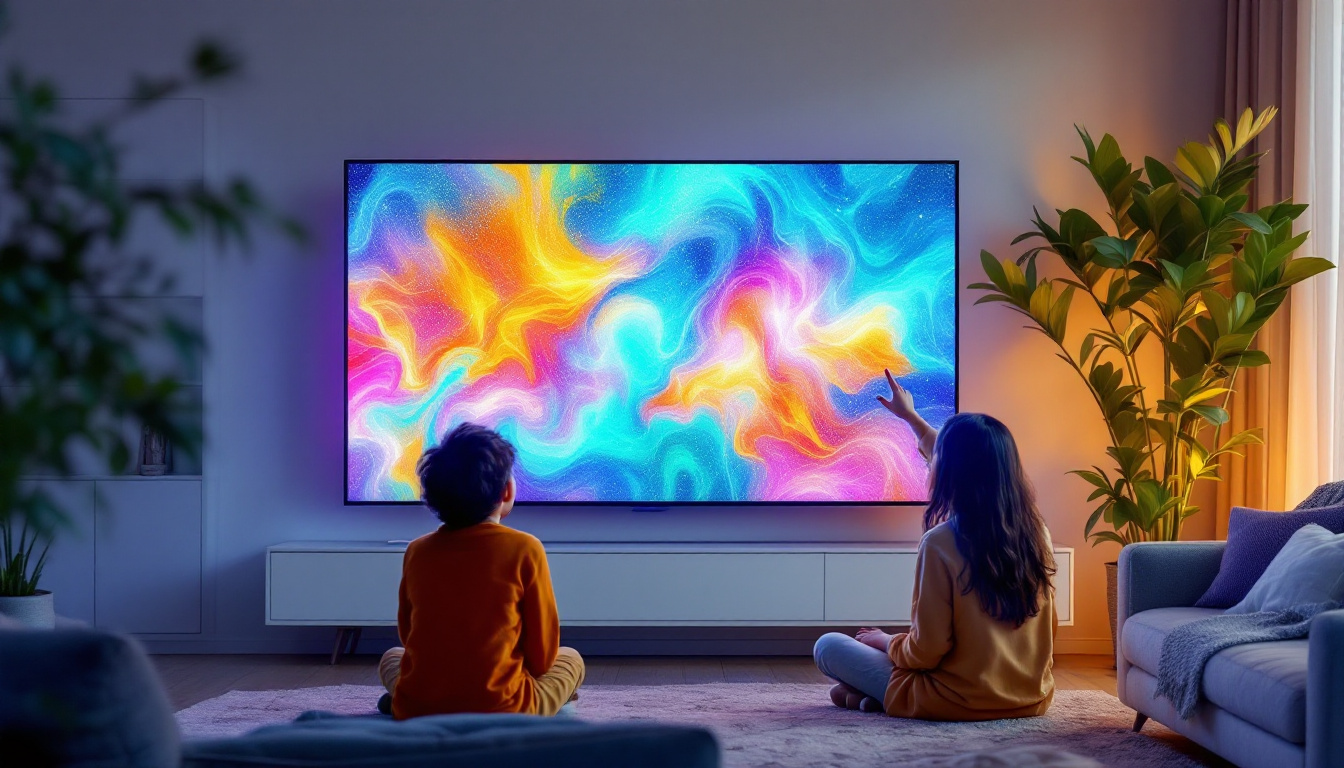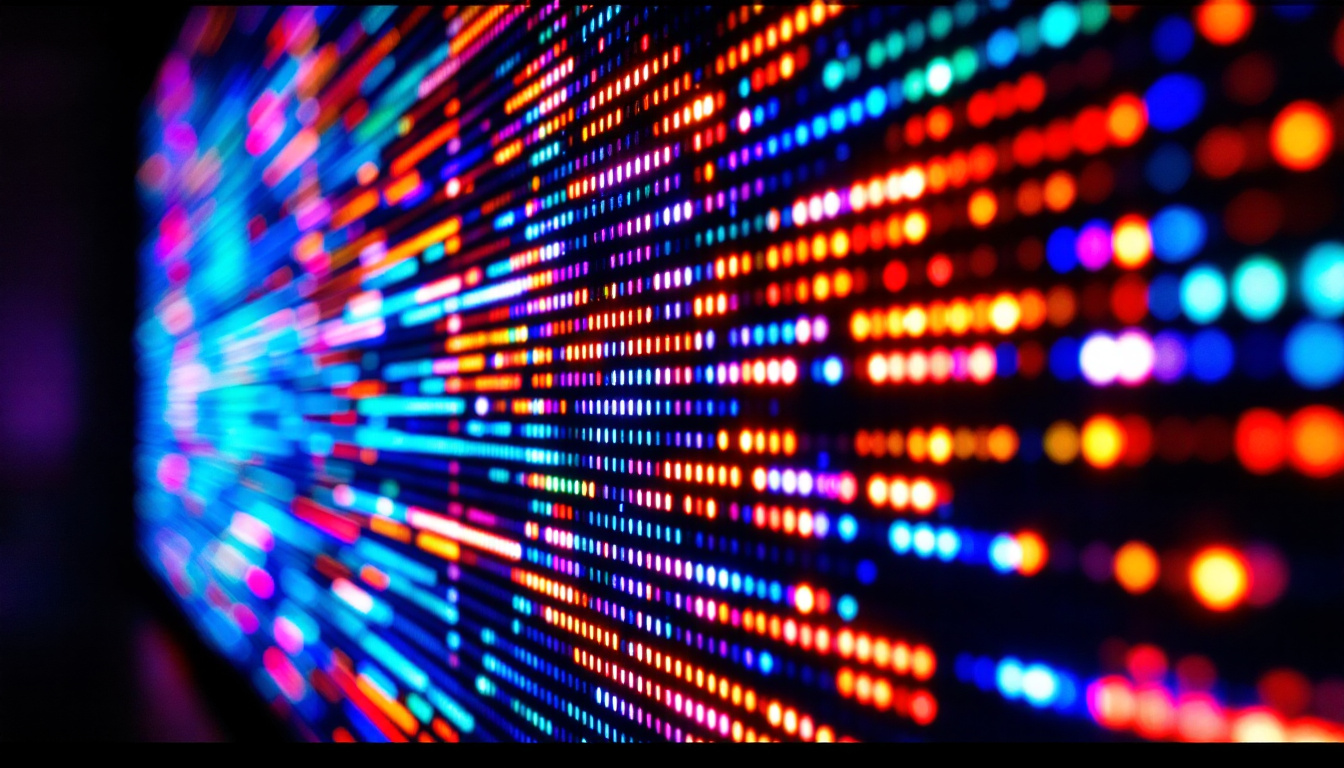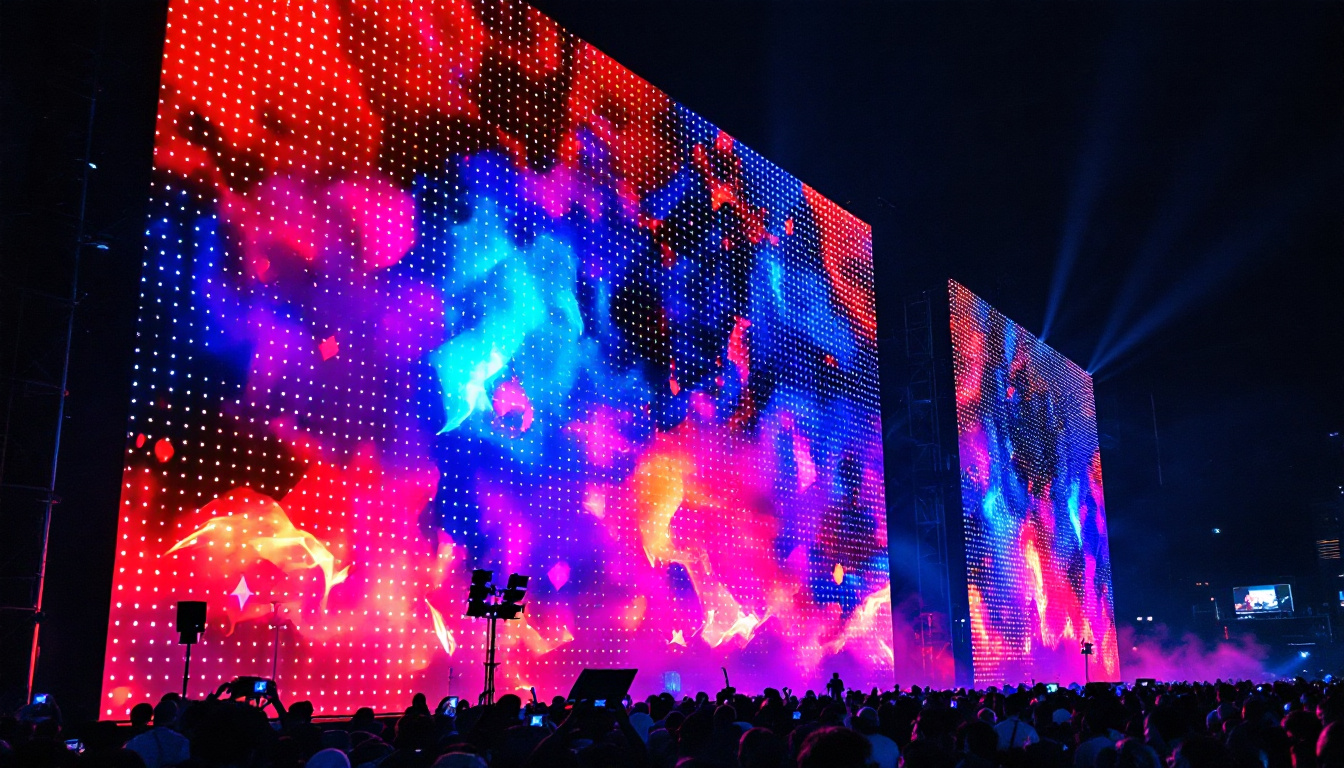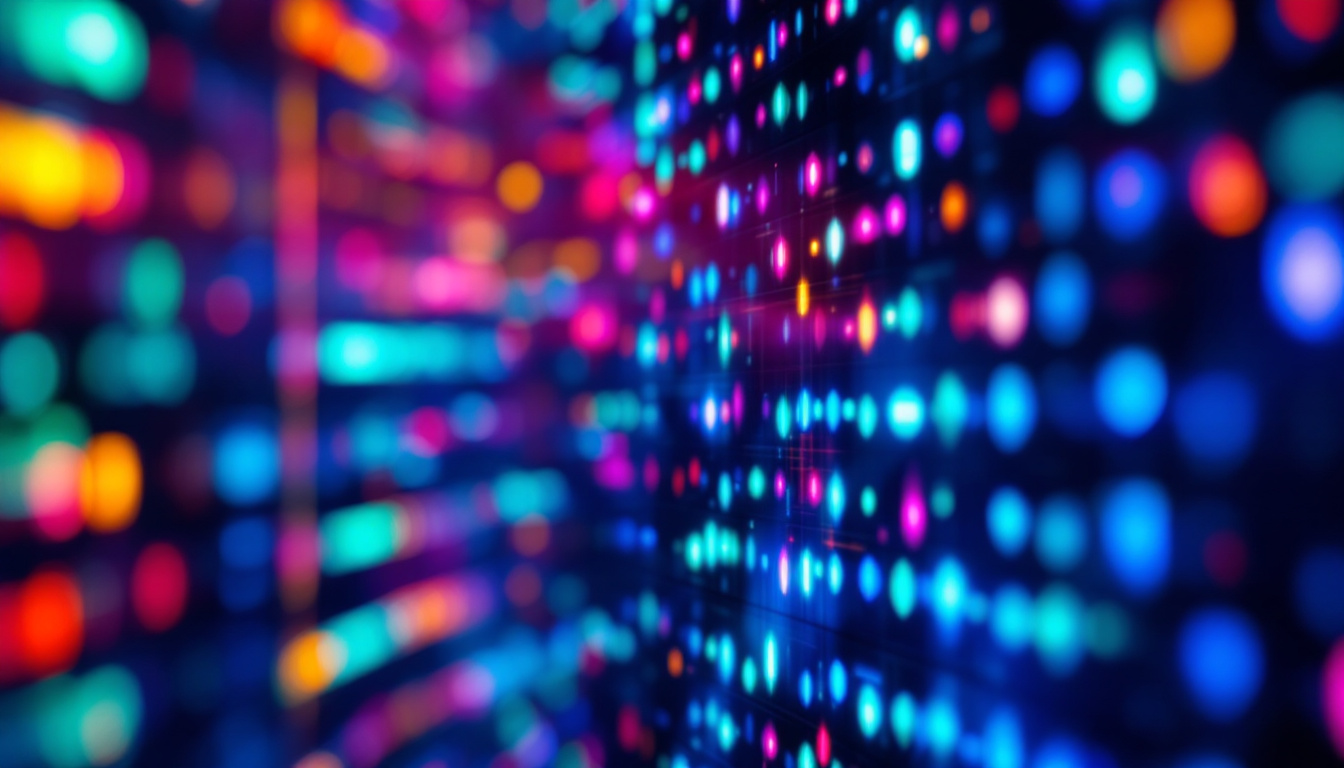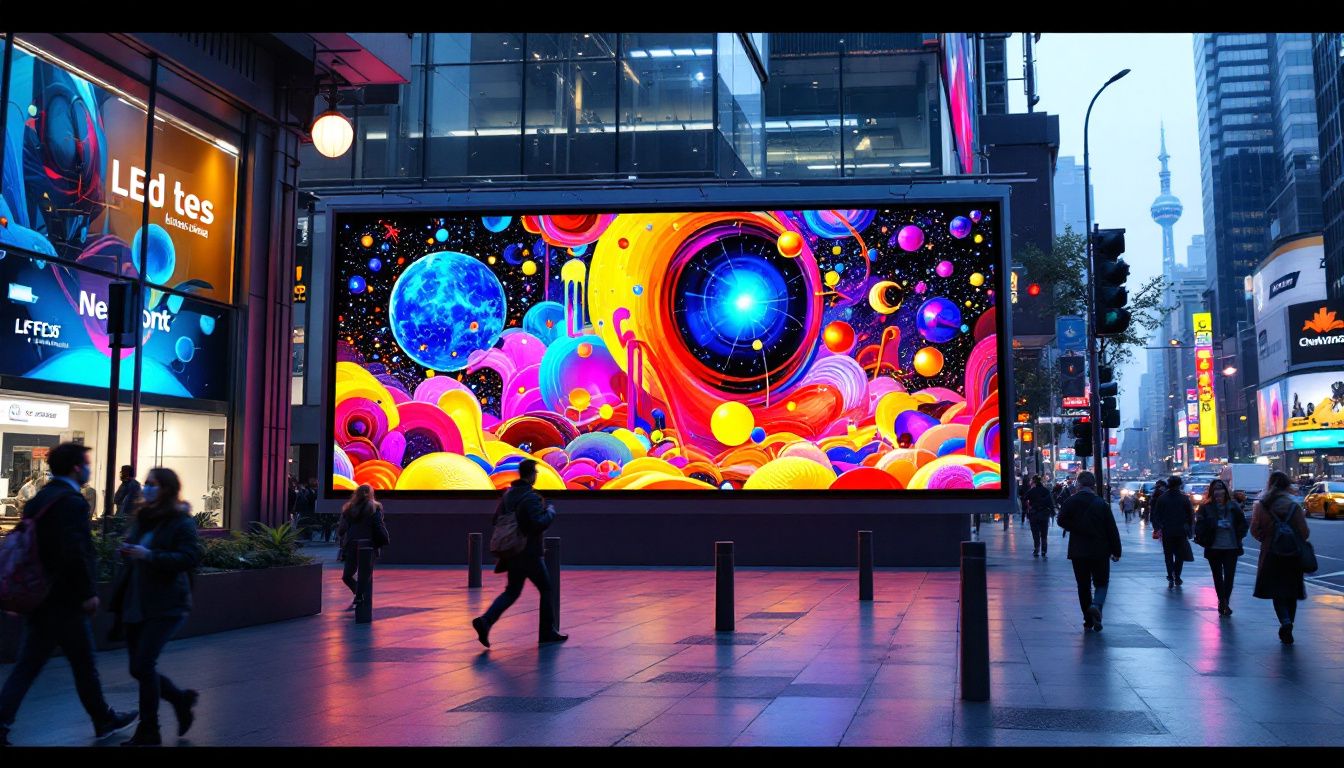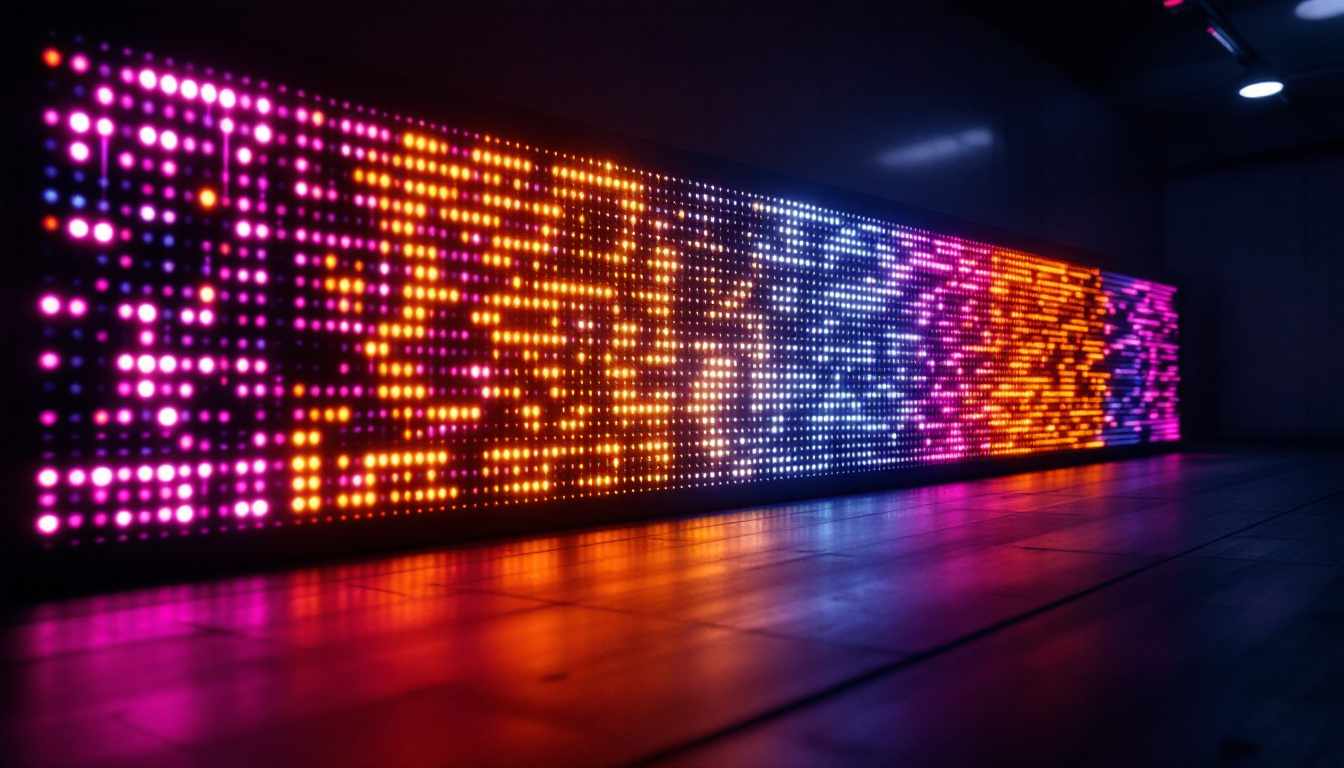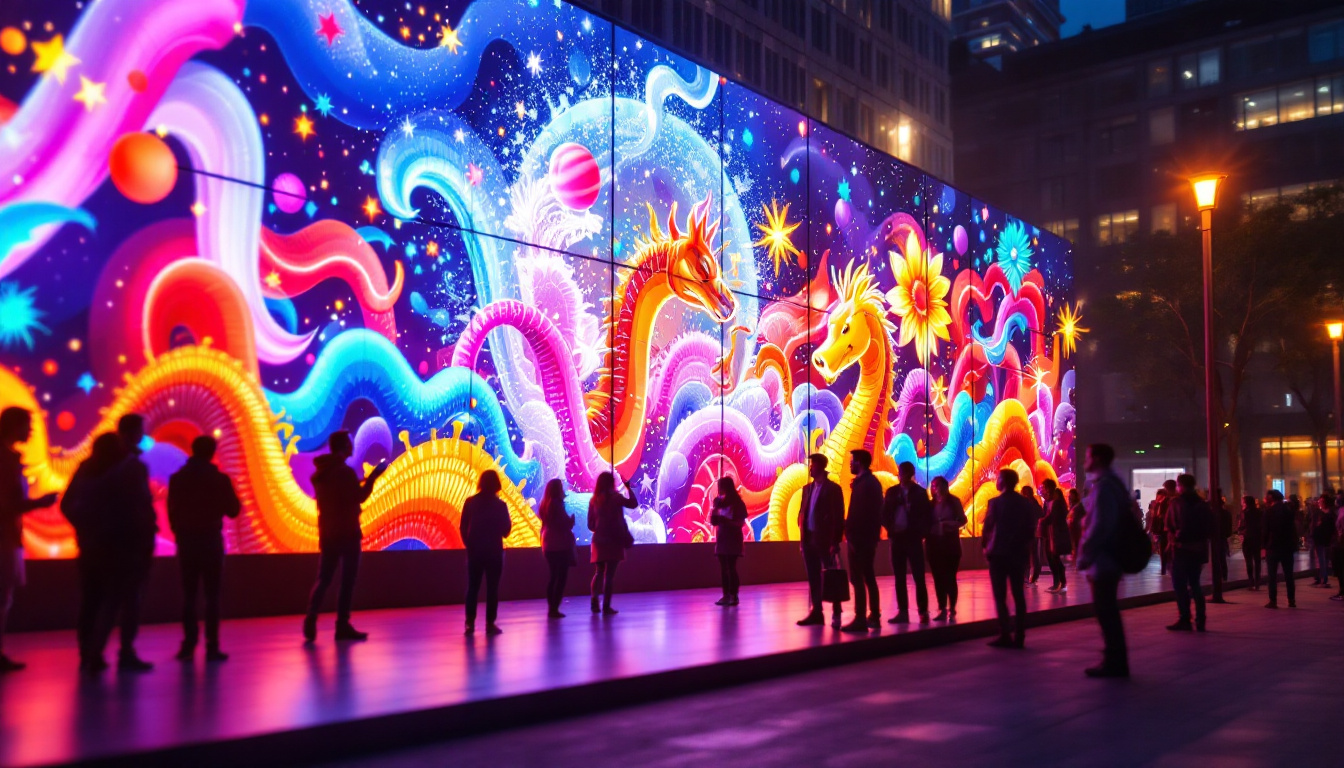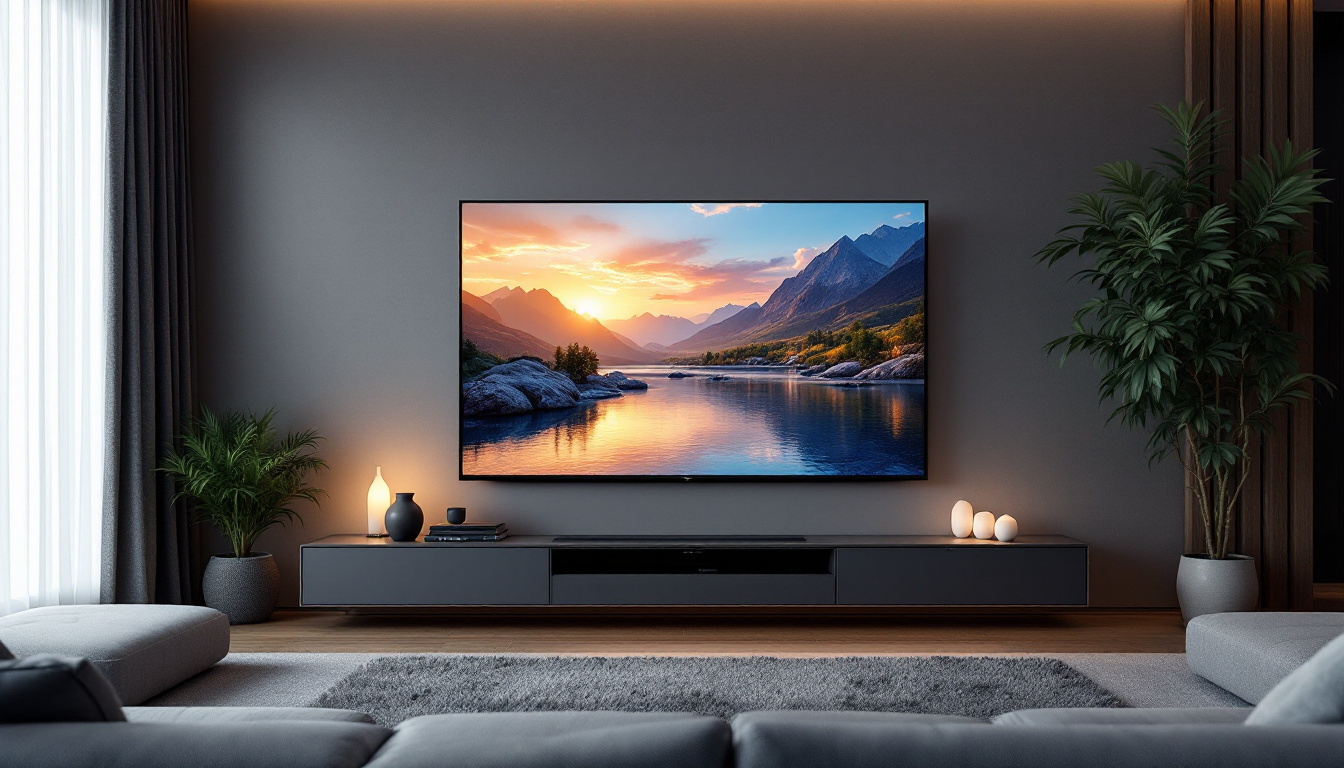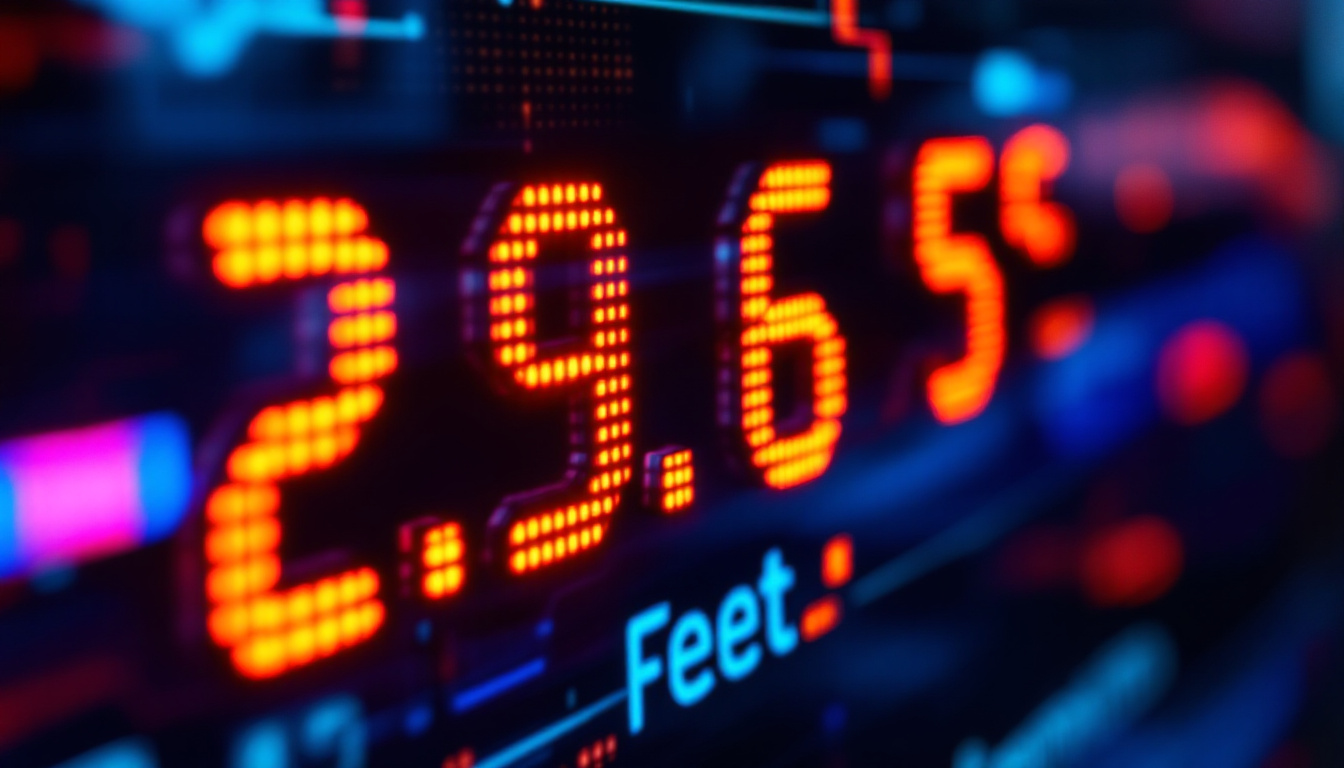In the realm of measurements, converting inches to millimeters is a common necessity, especially in industries that rely on precise specifications. This article will delve into the conversion of 1.5 inches to millimeters, while also exploring the significance of LED displays in various applications. Understanding these concepts can enhance both practical knowledge and appreciation for technology.
Understanding the Conversion: Inches to Millimeters
To convert inches to millimeters, it’s essential to know the conversion factor. One inch is equivalent to 25.4 millimeters. Therefore, to find out how many millimeters are in 1.5 inches, a simple multiplication will suffice.
Calculating the Conversion
The calculation is straightforward: multiply 1.5 by 25.4. This results in:
1.5 inches × 25.4 mm/inch = 38.1 mm
Thus, 1.5 inches is equal to 38.1 millimeters. This conversion is vital in fields such as engineering, manufacturing, and design, where precise measurements are crucial.
Why Accurate Conversions Matter
Accuracy in measurements can significantly impact the quality and functionality of products. In industries like automotive and aerospace, even a slight deviation can lead to failures or safety hazards. Therefore, understanding how to convert measurements accurately is essential for professionals in these fields.
Moreover, in design and architecture, converting measurements ensures that components fit together seamlessly, enhancing both aesthetics and functionality. For instance, when creating blueprints for a building, architects must convert dimensions from inches to millimeters to comply with local building codes and standards, which often use the metric system. This attention to detail not only ensures structural integrity but also facilitates communication among international teams who may be working on the same project.
Furthermore, in the realm of product design, especially for consumer electronics, precise measurements can influence the usability and ergonomics of a device. Designers often rely on accurate conversions to create products that are comfortable to hold and easy to use. In this way, the conversion from inches to millimeters transcends mere numbers; it plays a pivotal role in the overall user experience and satisfaction with the final product.
The Role of LED Displays
LED (Light Emitting Diode) displays have become ubiquitous in modern technology. From televisions to smartphones and digital signage, these displays offer a range of advantages over traditional display technologies. Understanding how they work and their applications can provide insight into their growing popularity.
How LED Displays Work
LED displays function by using diodes that emit light when an electric current passes through them. This technology allows for vibrant colors and high contrast ratios, making images appear sharp and clear. Unlike traditional LCD screens, which use a backlight, LED displays can produce light independently, resulting in lower energy consumption and thinner designs.
The pixels in an LED display are made up of red, green, and blue (RGB) diodes. By adjusting the intensity of each color, a wide spectrum of colors can be produced, allowing for stunning visuals. This capability is one reason why LED displays are favored for applications requiring high-quality images. Furthermore, advancements in LED technology, such as organic LEDs (OLEDs), have introduced even greater flexibility in design and enhanced color accuracy, pushing the boundaries of what is possible in display technology.
Applications of LED Displays
LED displays are versatile and can be found in various applications. Some of the most common uses include:
- Television and Monitors: The clarity and color accuracy of LED displays make them ideal for home entertainment systems and professional monitors.
- Advertising: Digital billboards and signage utilize LED technology to capture attention with dynamic content and bright visuals.
- Automotive Displays: Many vehicles now feature LED screens for dashboards and infotainment systems, providing drivers with crucial information in an easily readable format.
In addition to these applications, LED displays are increasingly being used in the realm of art and architecture. Artists are experimenting with LED technology to create immersive installations that engage viewers in new ways. For instance, large-scale LED screens can transform public spaces into vibrant canvases, displaying everything from animated artwork to real-time data visualizations. Moreover, in architectural design, LED facades are being employed to enhance the aesthetic appeal of buildings, allowing for dynamic lighting that can change with the time of day or special events.
Another exciting application of LED displays is in the field of healthcare. Hospitals and clinics are adopting LED technology for their information boards and patient monitoring systems. The bright and clear displays ensure that critical information is easily visible, even in brightly lit environments. Additionally, LED technology is being integrated into wearable health devices, providing users with real-time feedback on their health metrics through vibrant and easy-to-read screens. This trend underscores the adaptability of LED displays across various sectors, highlighting their importance in enhancing user experience and accessibility.
Advantages of LED Displays
LED displays offer numerous benefits that contribute to their widespread adoption. Understanding these advantages can help consumers and businesses make informed decisions when selecting display technologies.
Energy Efficiency
One of the most significant advantages of LED displays is their energy efficiency. Compared to traditional display technologies, LEDs consume less power, leading to lower electricity bills and reduced environmental impact. This efficiency is particularly beneficial for large-scale installations, such as digital billboards, where energy costs can be substantial. Furthermore, the reduced energy consumption of LED displays aligns with the growing emphasis on sustainability and eco-friendly practices, making them an attractive option for businesses looking to enhance their green credentials.
Longevity and Durability
LED displays are known for their long lifespan, often lasting tens of thousands of hours. This durability means that they require less frequent replacements, resulting in lower maintenance costs over time. Additionally, LED technology is more resistant to shocks and vibrations, making it suitable for various environments, including outdoor settings. The robust construction of LED displays also means they can withstand extreme weather conditions, from heavy rain to intense sunlight, ensuring consistent performance and visibility regardless of the environment. This reliability is crucial for applications such as sports arenas and outdoor advertising, where display performance can significantly impact viewer engagement.
Vibrant Color and High Contrast
Another compelling advantage of LED displays is their ability to produce vibrant colors and high contrast ratios. This capability allows for stunning visuals that can captivate audiences, making them ideal for advertising, entertainment, and artistic displays. The color accuracy of LED technology ensures that images and videos appear true to life, enhancing the overall viewing experience. Additionally, advancements in LED technology have led to the development of high dynamic range (HDR) capabilities, further enriching the visual output and allowing for deeper blacks and brighter whites. This level of detail is particularly beneficial in environments where visual impact is paramount, such as in retail spaces or during live events.
Challenges and Considerations
While LED displays offer numerous advantages, there are also challenges and considerations that users should be aware of. Understanding these factors can help in making informed choices regarding display technology.
Cost Considerations
Although the prices of LED displays have decreased over the years, they can still be more expensive than traditional display technologies upfront. Businesses must weigh the initial investment against the long-term savings in energy and maintenance costs. In many cases, the higher initial cost is justified by the benefits LED displays provide. Furthermore, potential buyers should consider the total cost of ownership, which includes not only the purchase price but also installation, operation, and eventual disposal costs. As technology continues to evolve, some manufacturers are offering financing options and leasing agreements, making it easier for businesses to adopt LED technology without a significant upfront burden.
Viewing Angles and Brightness
Another consideration is the viewing angle and brightness of LED displays. While many modern LED displays offer excellent viewing angles, some older models may have limitations. Additionally, brightness levels can vary, which is crucial for outdoor applications where sunlight can wash out images. Selecting a display with appropriate brightness and viewing angles for specific applications is essential. It’s also important to note that the color accuracy and uniformity can be affected by the angle from which the display is viewed. This can be particularly significant in environments such as retail spaces or galleries, where the visual presentation is critical to customer engagement. Therefore, conducting thorough research and possibly consulting with experts can help ensure that the chosen display meets the specific needs of the intended environment.
Future of LED Technology
The future of LED technology looks promising, with ongoing advancements that continue to enhance performance and expand applications. Innovations in this field are likely to shape the way displays are used in everyday life.
Advancements in Display Quality
As technology progresses, LED displays are becoming even more sophisticated. Developments in pixel density, color accuracy, and refresh rates are improving the overall viewing experience. Higher resolution displays, such as 4K and 8K, are becoming more common, providing users with stunning visuals that were previously unattainable.
Integration with Smart Technologies
Another exciting trend is the integration of LED displays with smart technologies. As the Internet of Things (IoT) continues to grow, LED displays are becoming more interactive and connected. This integration allows for personalized content delivery, real-time updates, and enhanced user engagement, particularly in advertising and information dissemination.
Conclusion
In summary, understanding the conversion of inches to millimeters is crucial for various industries, and knowing that 1.5 inches equals 38.1 millimeters can aid in achieving precise measurements. Furthermore, LED displays have revolutionized the way information is presented, offering numerous advantages such as energy efficiency, durability, and high-quality visuals.
As technology continues to advance, LED displays will likely play an even more significant role in our lives, enhancing the way we interact with information and entertainment. Whether for personal use or professional applications, the importance of understanding both measurement conversions and display technology cannot be overstated.
Discover LumenMatrix LED Display Solutions
As you’ve learned about the precision of measurement conversions and the transformative impact of LED display technology, take the next step with LumenMatrix. Explore our comprehensive range of LED display modules, from vibrant Indoor and Outdoor LED Wall Displays to dynamic Vehicle and Sports LED Displays. Whether you’re looking to enhance brand visibility, create immersive environments, or communicate with clarity and impact, LumenMatrix is at the forefront of innovation. Check out LumenMatrix LED Display Solutions today and experience the future of visual storytelling.

